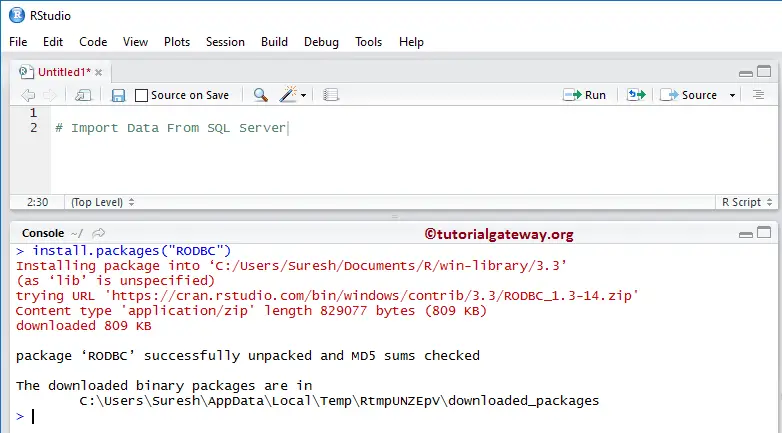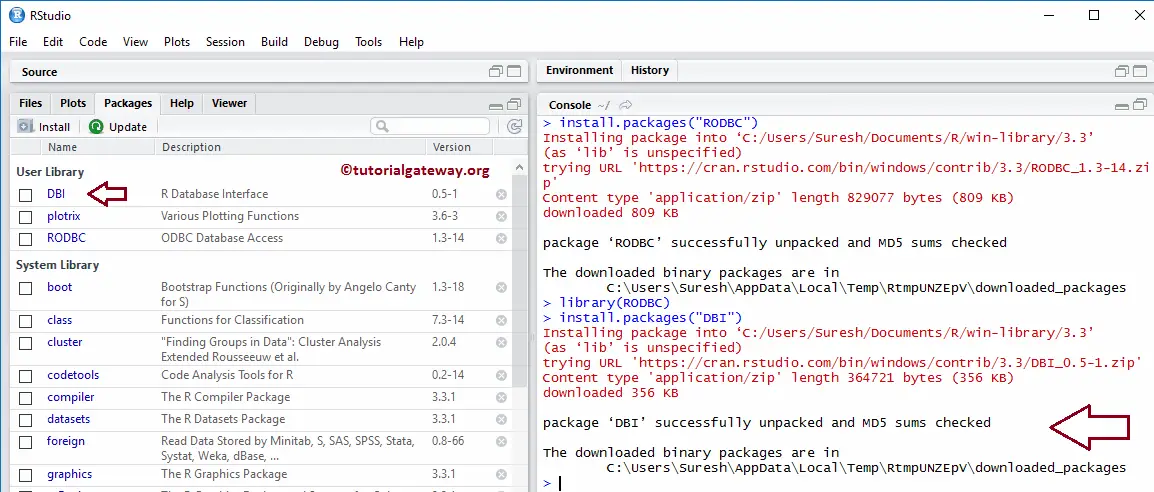

Sparsity: it accepts sparse input for both tree booster and linear booster, and is optimized for sparse input Ĭustomization: it supports customized objective functions and evaluation functions. When I tried to run it fast by ctrl+enter combination some code lines are overlooked. Xgb.DMatrix: its own class (recommended). Hello, How can I run my entire script in R (not by running each separate code line). To meet my goal of improving my R skills while taking this class I needed to find a way to read. We are using Weka 3 which so far is proving to be a pretty neat (FREE) data mining tool. Input Type: it takes several types of input data:ĭense Matrix: R’s dense matrix, i.e. I'm currently taking a data mining class, and I'm trying to do as much of the coding in the class using R for practice. It is generally over 10 times faster than the classical gbm.

Alas, I needed to update R to the latest version, and in the process decided to update RStudio as well. Speed: it can automatically do parallel computation on Windows and Linux, with OpenMP. Because R and R Studio don't necessarily warn you when they need upgrading, I had to figure it out myself when I started getting some weird bugs running assignments during an R class. It has been used to win several Kaggle competitions. The package is made to be extendible, so that users are also allowed to define their own objective functions easily. It supports various objective functions, including regression, classification and ranking. It is an efficient and scalable implementation of gradient boosting framework by and Two solvers are included:
RWEKA INSTALL R STUDIO HOW TO
The purpose of this Vignette is to show you how to use XGBoost to build a model and make predictions. XGBoost is short for e Xtreme Gradient Boosting package.


 0 kommentar(er)
0 kommentar(er)
